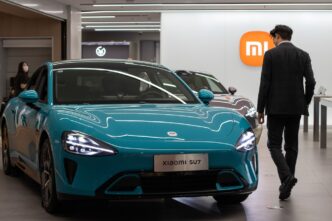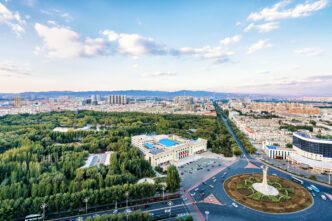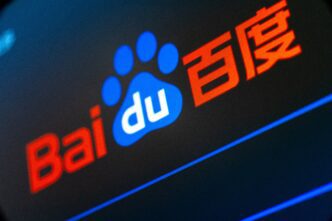Executive Summary
The Story So Far
Why This Matters
Who Thinks What?
China’s ambitious drive to dominate the global automotive and electric vehicle (EV) markets has inadvertently created a significant domestic oversupply, leading to unprecedented price cuts and unsustainable practices across its auto industry. This surplus, a direct consequence of years of government subsidies and production-focused policies, is compelling automakers to prioritize sales targets over profitability, with dealers in cities like Chengdu offering steep discounts on new vehicles to manage excess inventory.
Oversupply and Deep Discounts
The Chinese automotive market is currently grappling with a severe oversupply, characterized by showrooms offering drastic discounts on new vehicles. In Chengdu, for instance, locally made Audis are reportedly discounted by 50%, and a FAW seven-seater SUV is available at over 60% below its sticker price.
This situation stems from government policies designed to foster a robust domestic auto industry, particularly in EVs, which has resulted in numerous brands producing more cars than the market can absorb. Chinese electric vehicles, some starting at under $10,000, are significantly cheaper than comparable models in other major markets.
Unsustainable Market Practices
The intense competition and excess inventory have led to a range of unusual and unsustainable practices among dealers. Many are registering and insuring unsold cars in bulk to record them as sold, thereby qualifying for automaker rebates and bonuses.
Unwanted vehicles are frequently sold on gray markets, social media, or rebranded as “used” despite having zero mileage. Some are shipped overseas, while others are reportedly abandoned, all symptomatic of a market prioritizing sales and market share over sustainable profitability.
Government Policies and “Involution”
The root of this overcapacity lies in Beijing’s national policies, which began encouraging EV production and consumer purchases in the 2000s. A 2017 policy blueprint aimed for 35 million vehicles annually by 2025, prompting local authorities to offer cheap land and subsidies to attract EV manufacturers in exchange for production and tax commitments.
China nearly met this ambitious target last year, producing over 31 million vehicles. This top-down pressure to hit sales targets, coupled with local governments’ reluctance to let automakers fail due to fears of mass layoffs, has created a “vicious cycle.” Industry players refer to this self-destructive competition as “involution,” where companies are driven to produce and sell even at significant losses to maintain cash flow.
Impact on Foreign Brands and Future Outlook
The domestic market’s volatility has also impacted foreign brands, whose market share in China declined from 62% in 2020 to 31% in the first seven months of this year. Overseas governments are increasingly concerned about a potential influx of cheap Chinese cars into their markets.
While some industry analysts foresee a shakeout and consolidation, as evidenced by the recent bankruptcy of Chinese EV brand Neta, the process could take years. Local governments are expected to continue supporting struggling automakers, potentially prolonging the market’s current state of oversupply and intense, often unprofitable, competition.








